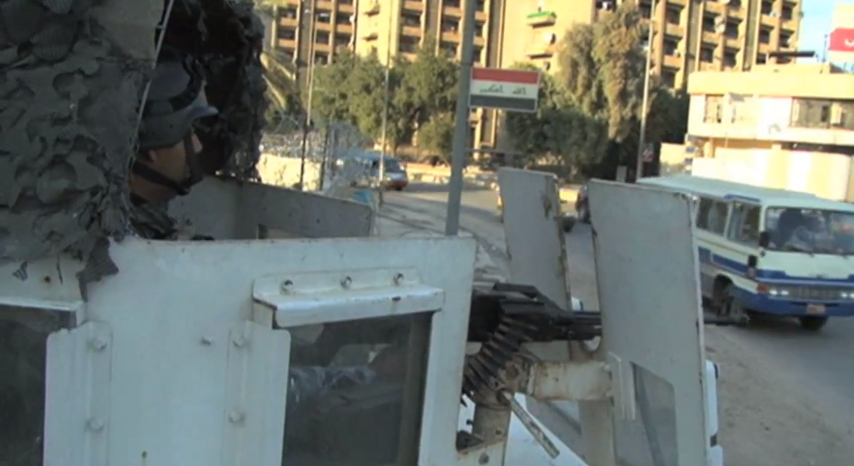
Second Iraqi Insurgency
IraqThe Iraqi insurgency, reigniting in late 2011 after the end of the Iraq War and the withdrawal of U.S. troops, marked a period of intense conflict involving the central government and various sectarian groups within Iraq. This insurgency was a direct continuation of the instability following the 2003 U.S.-led invasion.
Sunni militant groups intensified their attacks, particularly targeting the Shia majority, to undermine the Shia-led government's credibility and its ability to maintain security post-coalition withdrawal.[68] The Syrian Civil War, starting in 2011, further influenced the insurgency. Numerous Iraqi Sunni and Shia militants joined opposing sides in Syria, exacerbating sectarian tensions back in Iraq.[69]
The situation escalated in 2014 with the Islamic State in Iraq and Syria (ISIS) capturing Mosul and significant territories in northern Iraq. ISIS, a Salafi jihadist militant group, adheres to a fundamentalist interpretation of Sunni Islam and aims to establish a caliphate. It gained global attention in 2014 during its offensive in Western Iraq and the subsequent capture of Mosul. The Sinjar massacre, carried out by ISIS, further highlighted the group's brutality.[70] The conflict in Iraq, thus, merged with the Syrian Civil War, creating a more extensive and deadly crisis.
